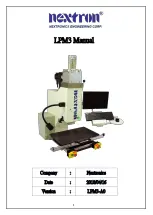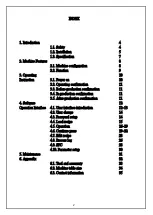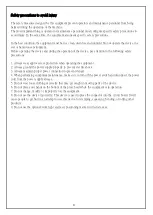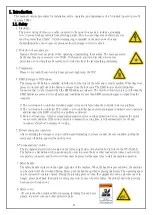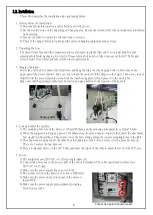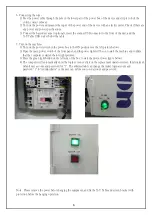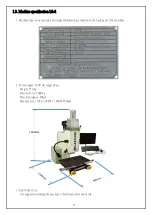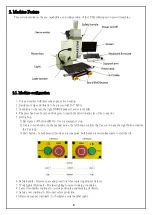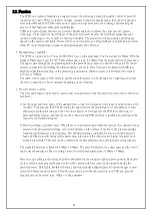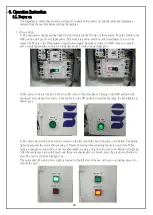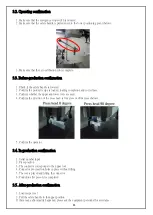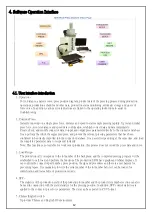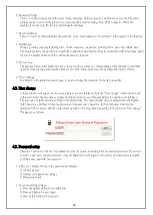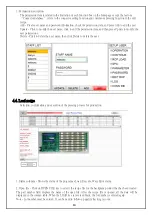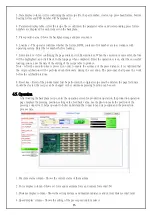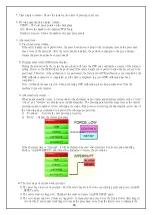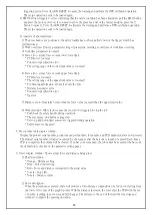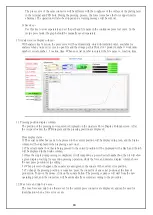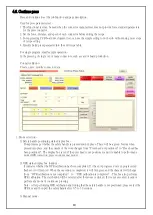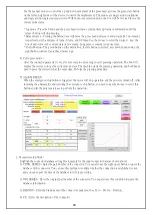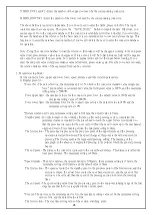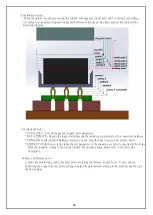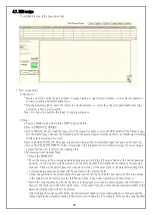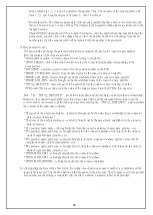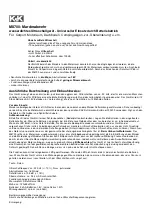
9
2.2. Function
The LPM3 servo press-fit machine is designed to meet the increasing demand for quality control of press-fit
connectors on today's PCBs. As industry changes, increased connector density makes the connector structure
more vulnerable and the PCB becomes more complex and expensive and easy to damage, thus making the
process of backboard assembly more sophisticated.
LPM3 servo press-fit machine data can provide valuable analysis to improve the entire press-fit process
technology. It also improves the efficiency of the press-fit process because the traditional manual press-fit
connector technology is very sensitive to labor and unstable. The production volume, quality and efficiency
depend on the operator inevitably. However the use of servo press can bring feedback of quality data and more
stable PC control technology to improve production quality and efficiency.
1. Manufacturing capability-
The LPM3 can provide up to 5 tons (49,000 N) of force on the press head. The Z-axis travel is 80mm. With the
standard 50mm press head, the X-Y Table surface space is up to 100mm from the upper position of press head.
The upper space through the programming before the press-fit can achieve any desired work gap. This feature
increases productivity by limiting the distance during each cycle. Press head can be replaced with different
height specifications depending on the processing requirements. Distance accuracy is 0.04mm, travel repeat
accuracy is 0.02mm,
The speed control range is 0.01~13mm/s, and the press-fit process can be operated at a variable speed so that
the force connection can be set variously depending on the situation.
2. Press-fit process control-
The force and distance control can be precise and cross-protected so that the press-fit process can be effectively
monitored.
1) Set the upper and lower limits of the standard force so that it corresponds to the range of variation due to the
variables of the pins and the PCB. Exceeding the upper limit of the monitoring force may damage or cause
abnormal set point protection, and the lower force limit is overvoltage into the PCB force detection, to
prevent abnormal factors, and then the reaction connector and PCB retention is insufficient, resulting in the
connector is detached during use.
2) Press-fit settings control the travel. When the force is normal enough within the interval, the connector can be
pressed to the programmed settings. At a certain distance on the surface of the board, the press monitoring
feedback is performed at a fixed distance. The hybrid technology controlled by servo-controlled press-fit
head and robust press-fit mechanisms ensures press precision of the connector to a higher requirement on
accurate press stroke. This data can be completed by manual adjustment and provided processing sequence.
The standard board size is limited to 450mm x 600mm. The press-fit structure is an open space and the vehicle
can be steered and placed. The use of large press-fit circuit board dimensions is 500mm x 700mm.
Press-fit recipe editing is the setting of profiles and tables for the connector type and press position. Each press
cycle is called a press program that passes the setter's position on force, speed, and connector during the
press-fit process. This highly flexible technology allows practically unlimited press-fit option changes to meet
current and future connector needs. Press-fit recipe edits to describe the connector, tool, PCB and press-fit
program data can be stored in an offline or online database.

